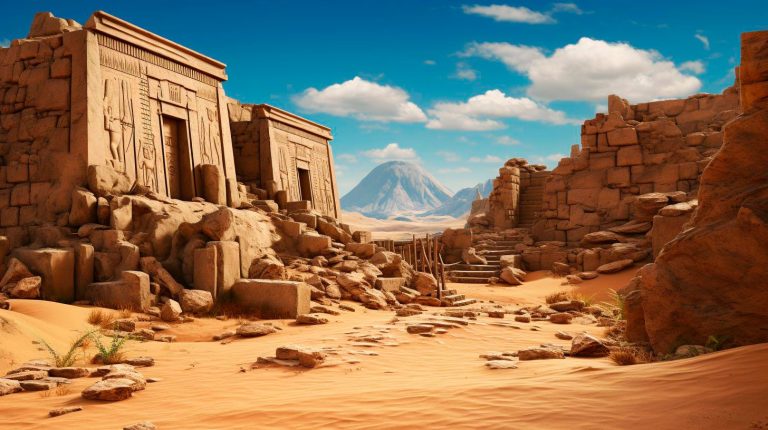The ability to visually document and share the experiences of these communities provides a powerful platform for promoting understanding, appreciation, and preservation of their rich heritage.
Photography as a Cultural Window
Photography has the unique ability to serve as a window into the lives of indigenous communities, offering an intimate glimpse into their daily experiences, rituals, and traditions. Through the lens of a camera, photographers can convey emotions, stories, and struggles that might otherwise remain hidden. It allows viewers to gain a new perspective, fostering empathy and understanding while dismantling stereotypes and misconceptions.
A picture can tell a thousand stories, and photographers capturing indigenous cultures have a responsibility to portray their subjects respectfully and authentically. By showcasing the diversity and beauty of these communities, photographers can dispel assumptions and promote a more accurate representation of their unique cultural identities.
Promoting Cultural Preservation
Photography plays a crucial role in documenting and preserving indigenous cultures. As globalization, urbanization, and modernization bring about rapid changes, many indigenous communities face the risk of losing their distinct languages, traditions, and ways of life. By capturing these cultures through photography, they are given a chance to be remembered and valued.
Photographs have the power to immortalize the essence of a culture, capturing the stories of their ancestors and communicating it to future generations. It helps in preserving traditions and raising awareness about the importance of cultural diversity. Through the dissemination of these images, the broader world is reminded of the need to protect and respect these communities and their unique legacies.
The Power of Representation
Representation matters. For many indigenous communities, visibility can be a powerful tool in challenging stereotypes and reclaiming their narratives. Photography can provide a platform for indigenous individuals to be seen, heard, and celebrated.
When photographers capture the vibrancy and resilience of indigenous cultures, they contribute to the empowerment of these communities. By showcasing the strength and beauty found within these diverse cultures, photography can help combat prejudices, discrimination, and cultural appropriation. It highlights the uniqueness of indigenous practices, traditions, and knowledge systems that are often overlooked or undervalued.
Key Takeaways:
- Photography serves as a window into the lives and traditions of indigenous cultures.
- It promotes understanding, appreciation, and preservation of diversity.
- Photographs can raise awareness about the challenges faced by indigenous communities.
- Representation in photography empowers indigenous individuals and challenges stereotypes.
- Photography helps preserve and promote the richness of indigenous cultures.
In conclusion, photography acts as a visual tapestry, weaving together the diverse stories, traditions, and cultures of indigenous communities around the world. It is a tool for preserving, promoting, and celebrating their rich heritage. By providing a platform for visibility and understanding, photography helps bridge the gap between different cultures while fostering appreciation and respect for the indigenous peoples who have shaped our world.























+ There are no comments
Add yours